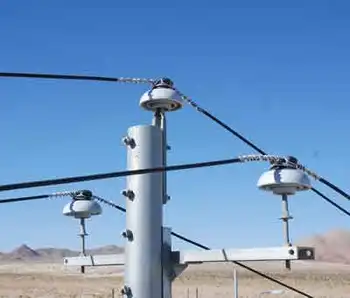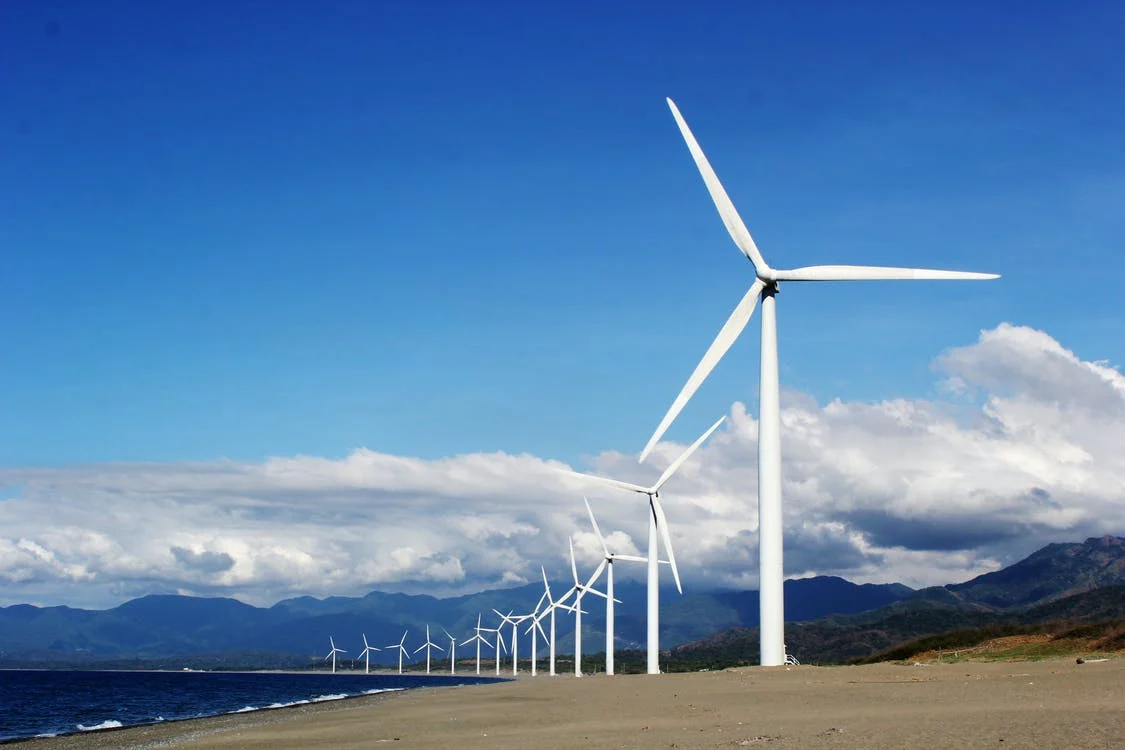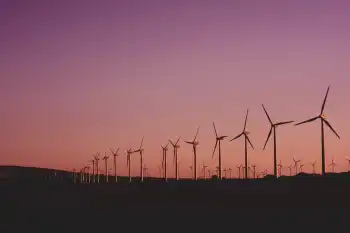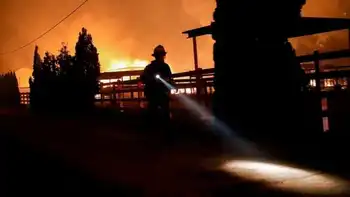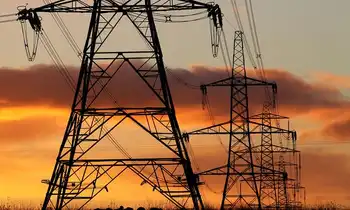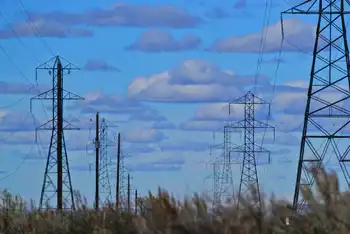Obstacles to our power supply
By Alan Caruba, Canada Free Press
NFPA 70b Training - Electrical Maintenance
Our customized live online or in‑person group training can be delivered to your staff at your location.

- Live Online
- 12 hours Instructor-led
- Group Training Available
Few give any consideration to how it is generated, but we are now being inundated with the most virulent nonsense about how wind or solar power is “clean” and practically “free.” Every week there’s some new proposal to cover the nation with wind farms and solar panels.
The problem for everyone who wants to get rich with these energy sources or those who think they are the answer to our energy needs is that neither wind, nor solar can ever power anything more than relatively small projects like a farm or a local stadium. A nation of more than three hundred million people, however, needs a lot of generation capacity.
All the razzle-dazzle of television advertising and public relations propaganda cannot justify the building of massive wind or solar farms. They are simply inadequate to the production of the electricity the nation requires now and in the future. The weird thing about T. Boone PickenÂ’s pitch is that he talks about oil dependency to justify wind power, but vehicles are not powered by wind. Nor are they likely to be powered by liquefied natural gas as Pickens suggests.
By contrast, the July edition of Energy Tribune devoted some of its pages to the comeback of nuclear power in America. What jumped out at me was co-editor, Robert Bryce’s citation of the fact that, “The U.S. government has spent some $7 billion building a repository for nuclear waste at Yucca Mountain in Nevada” and that Senate Majority Leader, Sen. Harry Reid (D-NV) has declared that it “is never going to open” and is “not the answer to nuclear waste storage.”
Sen. Reid recently said that “Coal is making us sick. Oil is making us sick” and then went on to blather insanely about global warming.
According to Bryce, “On June 3, the Department of Energy submitted an 8,600-page application to the Nuclear Regulatory Commission seeking approval of the Yucca Mountain site for waste storage. Just one day later, Nevada urged the agency to reject the application.” This is a glaring example of how to make sure America lacks the electrical energy it needs.
Throughout the debate over energy use the Big Lie has been that industrial and other activities generate carbon dioxide emissions that, in turn, are causing global warming. Ergo, we have to radically alter every aspect of modern life to avoid the EarthÂ’s destruction.
The problem with that is a decade-old cooling period that the Earth entered in 1998 and which is getting colder, not warmer. The other problem is the fact that the Earth has passed through periods in which the levels of CO2 in our atmosphere were much higher than they are today.
Since it is getting colder, we are going to need more electricity and other sources of energy to keep us warm in our homes, offices, schools, et cetera. We are going to have to burn coal, currently the major source of power to generate electricit as well as the cheapest and most abundant. We will continue to use natural gas as well. All the hydroelectric sources have been identified and are in use at present.
That leaves nuclear. An Energy Tribune article by William E. Burchill serves up lots of information about the nuclear production of electrical energy. Worldwide, 441 nuclear reactors are providing electricity to one billion people. Presently it provides twenty percent of AmericaÂ’s electricity needs thanks to the 104 nuclear plants operating in the continental United States.
Here’s something to keep in mind. “No U.S. plant worker or member of the public has ever been injured or killed by an accident caused by nuclear power.” Moreover, amidst the frenzy over CO2, nuclear is “an emissions-free source of electricity.”
There is a literal renaissance of nuclear energy in America and this is a good thing. The U.S. Department of Energy forecasts that, by 2030, U.S. demand will increase by 30 percent. This increase reflects a worldwide trend. Currently, China, India, Russia, South Korea, Pakistan, and Japan are in the process of building a total of thirty-five nuclear plants and other nations have announced plans.
The worldwide demand for more electricity is growing right along with population growth and the spurt of industrialization occurring in nations that have looked at the Western model and are now beginning to compete in the process called globalization. By mid-century, the demand for electricity will double or triple.
The elected leaders of America have been largely deaf and blind to our national needs, opposing electrical generation no matter what source is used. Resistance to nuclear energy was part of the environmental agenda, but these days their cries and lies are mostly about what they now call “dirty fuels”, oil and coal.
What can Americans do when we have loonies like Sen. Harry Reid or House Speaker Nancy Pelosi spouting nonsense and blocking efforts to meet current and future energy needs? One answer is almost too obvious. They and others can and should be voted out of office. They can be replaced!
Or maybe you want to wait while wind power, currently 0.77 percent of the sources of electricity energy, or solar power, about 0.01 percent, replaces coal, natural gas, nuclear and hydroelectric power. Bundle up! YouÂ’re going to be very cold.





